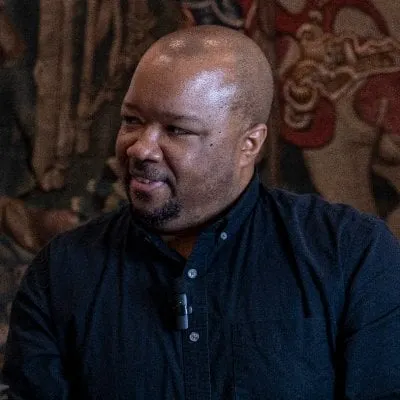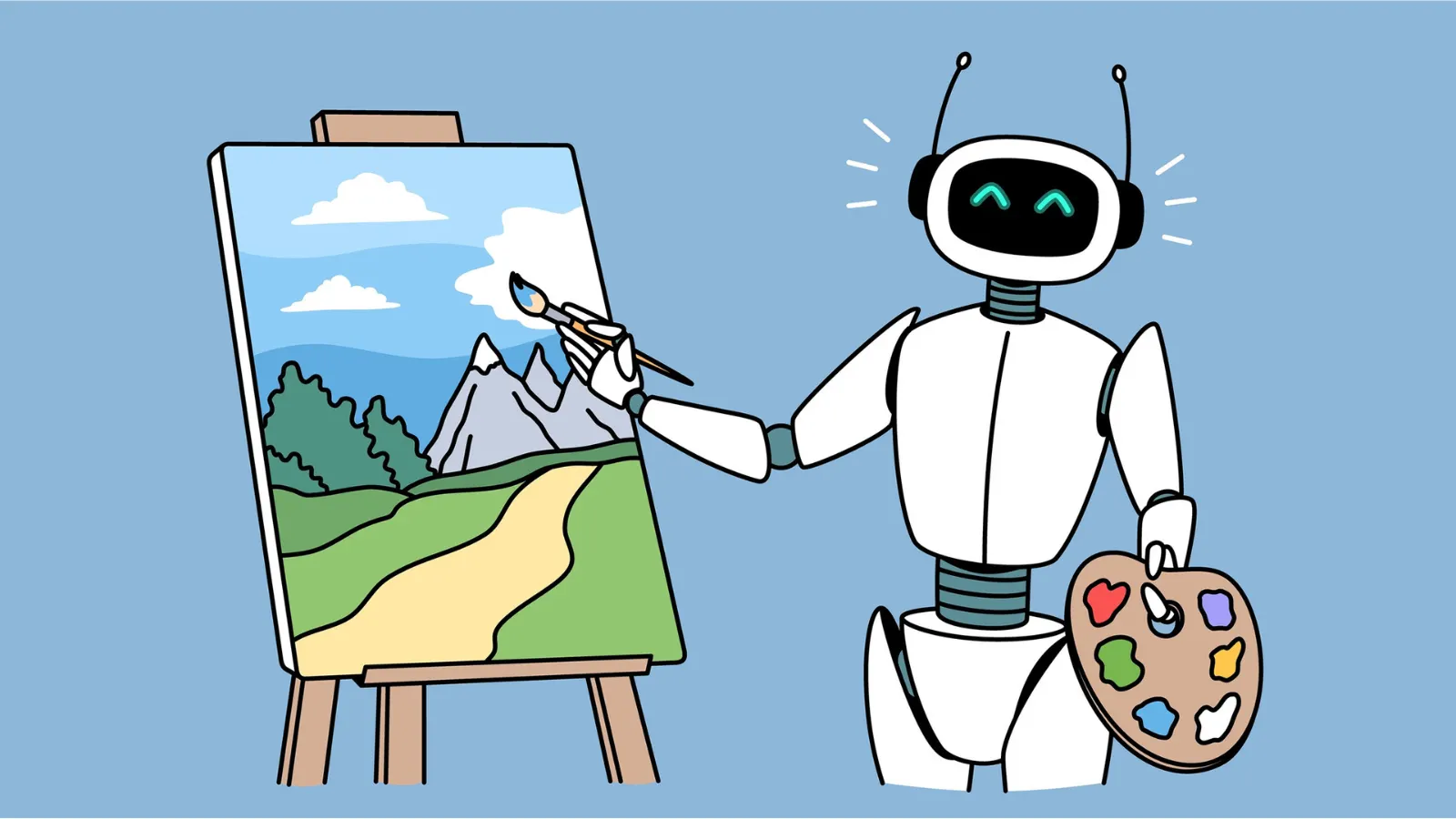A federal judge on Friday sided with the U.S. Copyright Office, ruling that images created by AI are not eligible for copyright protection—at least not as works attributed to the AI itself.
According to a report by the Hollywood Reporter, Judge Beryl Howell handed down the decision in the case of Stephen Thaler, the CEO of neural network firm Imagination Engines, who attempted to have art created by an AI copyrighted under the federal agency in 2018.
Thaler developed an AI tool called the Creativity Machine, and wanted the Creativity Machine to be the holder of the copyright.
The United States Copyright Office denied the registration, spawning the case Thaler v. Perlmutter, naming the copyright examiner that rendered the decision. The federal agency said the application lacked the necessary human authorship to qualify for copyright protection.
“In the absence of any human involvement in the creation of the work, the clear and straightforward answer is the one given by the Register: No,” Judge Howell said in affirming the denial, adding that U.S. copyright laws only protect human creations.
To be clear, art created by a human using a tool like a paintbrush or a chisel can be copyrighted by that human. Thaler effectively wanted to use the work-for-hire convention to assign authorship to his AI paintbrush.
“The case is a very limited holding — the question was simply whether the AI itself could be considered the author, and the owner of the computer the owner of the copyright by virtue of a work-for-hire principle,” Harvard Law School Professor Lawrence Lessig told Decrypt. “The real question that courts need to address is whether a creator using an AI can get a copyright for the resulting creation. In my view, as expressed on Medium, she plainly should.”
“Copyrightable art cannot be devoid of human interaction,” intellectual property attorney Anthony Panebianco, partner at Davis Malm D'Agostine, told Decrypt. “The question for the future protection of such works in an era of increasing AI is: ‘What is the de minimis amount of human interaction that one can put forth to have created a work subject to copyright protection?’ That question is going to be tried before the courts in abundance over the next few years.”
According to IP and legal expert Katie Charleston, two key U.S. federal court rulings—trademark cases from 1879 and 1884—support the judge's decision and emphasizes that only works originating from human intellect qualify for copyright.
In the Trademark Cases of 1879, the U.S. Supreme Court ruled that Congress couldn't regulate trademarks based on the Constitution's Copyright and Patent Clause. Charleston said the court decided that trademarks were indicators of origin, not creations like patents or copyrights.
In the case of Burrow-Giles Lithographic Co. v. Sarony, she explained that the central issue was whether a photograph could qualify as an "original work of art" eligible for copyright protection, with some arguing it was just a mechanical reproduction.
The U.S. Supreme Court, siding with photographer Napoleon Sarony, determined that photographs of famed writer Oscar Wilde showed the photographer's personal judgment, style, and creativity and were eligible to be copyrighted.
“To change the human authorship requirement, these cases would need to be overturned by a subsequent case, which is unlikely given the [Thaler v. Perlmutter] opinion that addressed this very issue,” Charleston told Decrypt in an email.
Copyright has become a central topic in the conversation surrounding generative AI. Artists and writers have spoken out against the technology, saying its use amounts to plagiarism and copyright infringement, but they have faced an uphill battle in proving that point in court.
Thaler's case is one of the first in a coming wave of litigation surrounding artificial intelligence and the work it's used to create. In March, the U.S. Copyright Office launched an AI initiative to examine laws and policies regarding copyright and artificial intelligence.
Last month U.S. District Judge William Orrick said an artist must better differentiate their allegations against AI art companies Stability AI, MidJourney, and DeviantArt while hearing a lawsuit against Stability AI for allegedly scraping billions of images from the internet to train its Stable Diffusion AI system.
The plaintiffs argue that the images produced by Stable Diffusion are derivative works of copyrighted images, thus infringing on the rights of the original image owners. Judge Orrick called it "implausible" that specific plaintiff works are involved due to the vast amount of training data.
Earlier this month, author professor Jane Friedman took to social media to sound the alarm about scammers using her name to sell books on Amazon that many claimed were written by AI. Amazon initially declined to remove the books because Friedman could not prove she held the trademark to her name but relented after the Author’s Guild became involved.
“We have clear content guidelines governing which books can be listed for sale and promptly investigate any book when a concern is raised,” Amazon spokesperson Ashley Vanicek previously told Decrypt by email. “We welcome author feedback and work directly with authors to address any issues they raise and where we have made an error, we correct it.”

